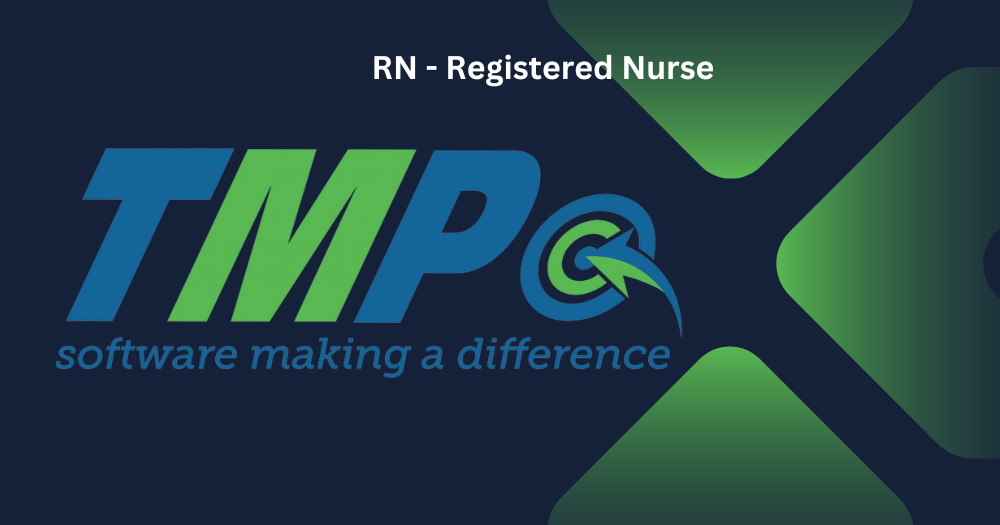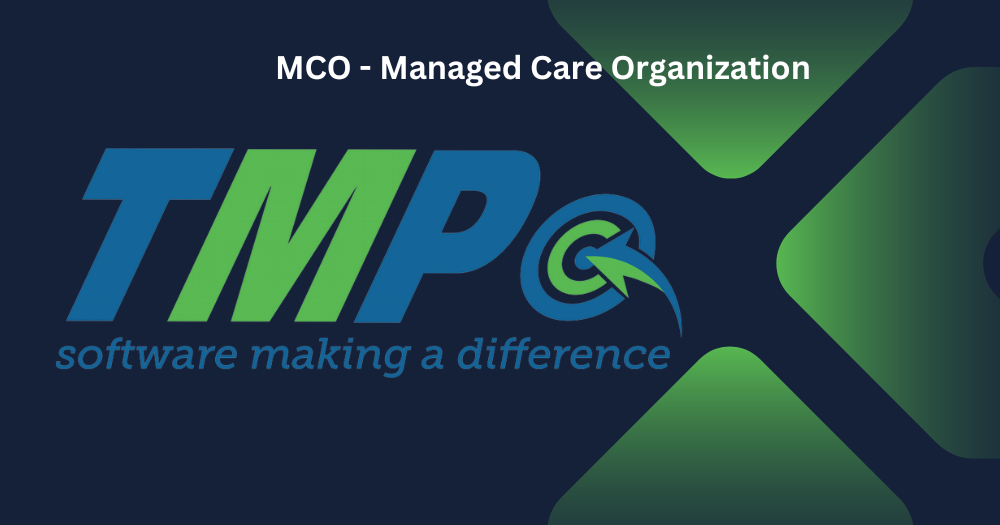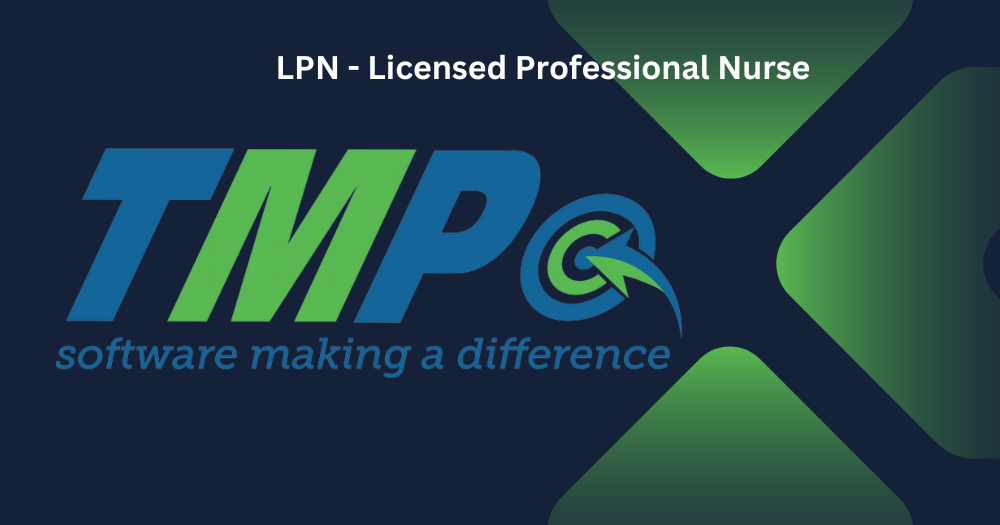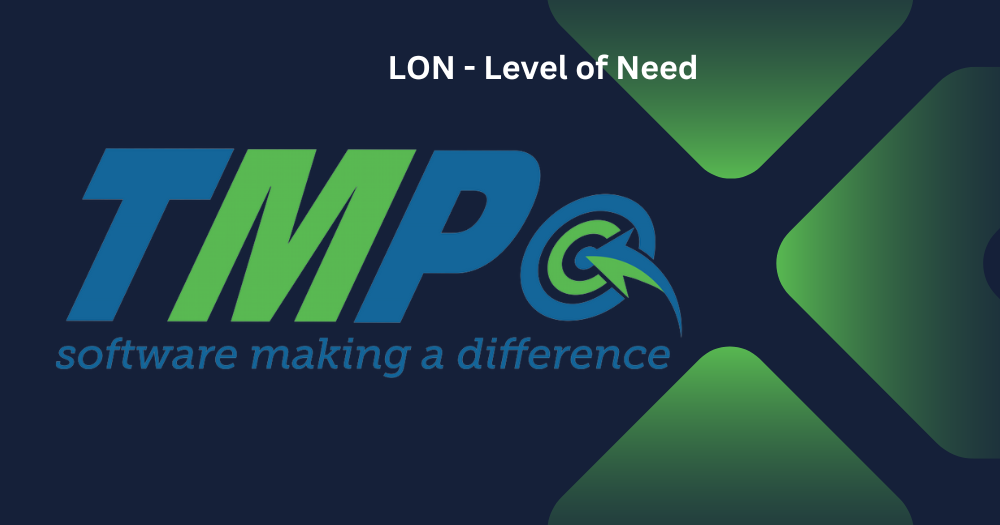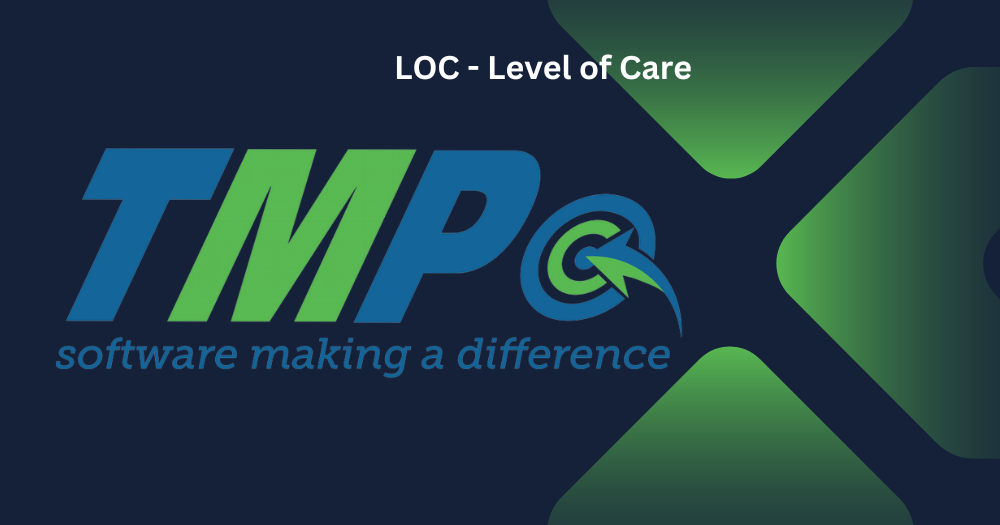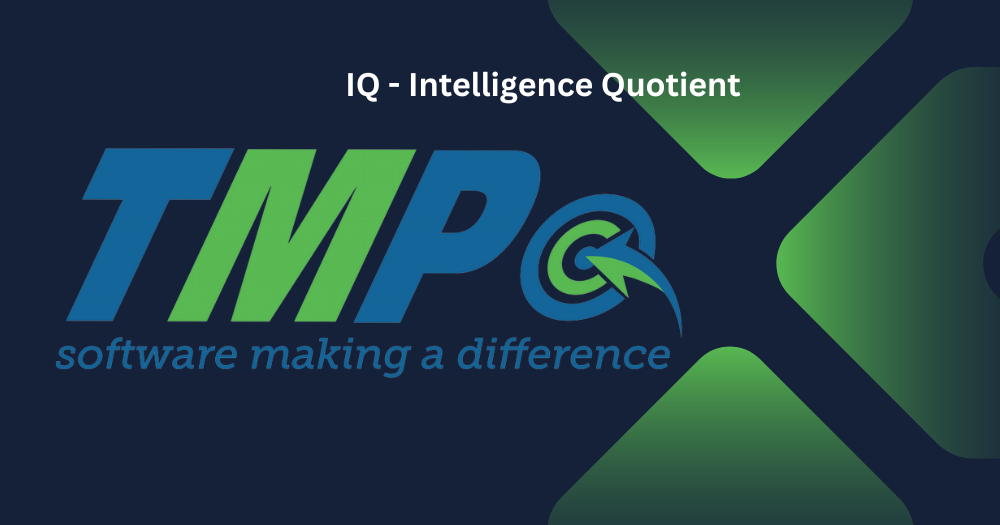DDD Waiver – Division Developmental Disabilities Waiver
The Division of Developmental Disabilities Waiver (DDD Waiver) in Arizona is a Medicaid waiver program designed to provide services and supports to individuals with intellectual and developmental disabilities (IDD). The goal of the program is to help individuals with disabilities live in the community, rather than in institutional settings, by offering a range of services tailored to their unique needs.
The DDD Waiver allows individuals to receive services that are often not covered by traditional Medicaid, and these services can be customized to support people in their homes, communities, or in some cases, group settings.
Key Features of the DDD Waiver in Arizona:
1. Eligibility:
To qualify for the DDD Waiver, an individual must:
- Be a resident of Arizona.
- Have an intellectual or developmental disability (IDD) that meets certain criteria set by the state (usually involving significant functional limitations in areas like communication, self-care, and mobility).
- Be eligible for Medicaid (AHCCCS, Arizona Health Care Cost Containment System), which involves meeting financial and medical requirements.
- Have a documented need for the level of care provided in an Intermediate Care Facility for Individuals with Intellectual Disabilities (ICF/IID), though this doesn’t necessarily mean the person must live in such a facility. It simply means their needs are at a level that requires specialized care beyond what is available through basic Medicaid services.
2. Services Offered:
The services covered under the DDD Waiver are designed to promote independence, integration, and community involvement. Some of the services that may be provided include:
- Residential Services: These are for individuals who need assistance in their home or in a group home setting. Services can range from personal care and homemaker assistance to 24-hour supervised care.
- Day Programs: These programs provide a variety of social, recreational, and vocational activities for individuals during the day, often focusing on skills development and community engagement.
- Employment Services: Supports for individuals to find and maintain employment, including job coaching, skill training, and assistance in the workplace.
- Behavioral Health Services: Including behavioral therapy and consultation to help manage challenging behaviors and promote social skills.
- Respite Care: Temporary care provided to relieve primary caregivers and families from caregiving responsibilities, which can be provided in-home or in other settings.
- Transportation: Help with getting to medical appointments, work, or other activities, which can be a major barrier for individuals with disabilities.
- Personal Care and Support Services: These services assist individuals with daily activities, such as bathing, dressing, eating, and managing medications.
- Assistive Technology: Technology or devices that help individuals live more independently, such as communication aids, mobility devices, or modified equipment for daily living.
- Nursing and Medical Services: This may include in-home nursing, medical management, or other related health services for individuals with more complex health needs.
3. Self-Directed Services:
One key feature of the DDD Waiver in Arizona is the option for self-direction. This allows participants (or their families) to manage their own care services, choosing how and when services are provided. For example, individuals can hire their own caregivers, arrange their own transportation, or purchase specific assistive technology to meet their needs.
4. Service Coordination:
Individuals enrolled in the DDD Waiver are assigned a service coordinator (or case manager), who helps them navigate the system, access services, and make sure their care plan is updated as their needs change.
5. Person-Centered Planning:
The waiver uses a person-centered planning approach, meaning the individual and their family or caregivers play a central role in creating their care plan. The focus is on supporting the person’s goals, preferences, and desires, and ensuring that services are tailored to meet those needs.




